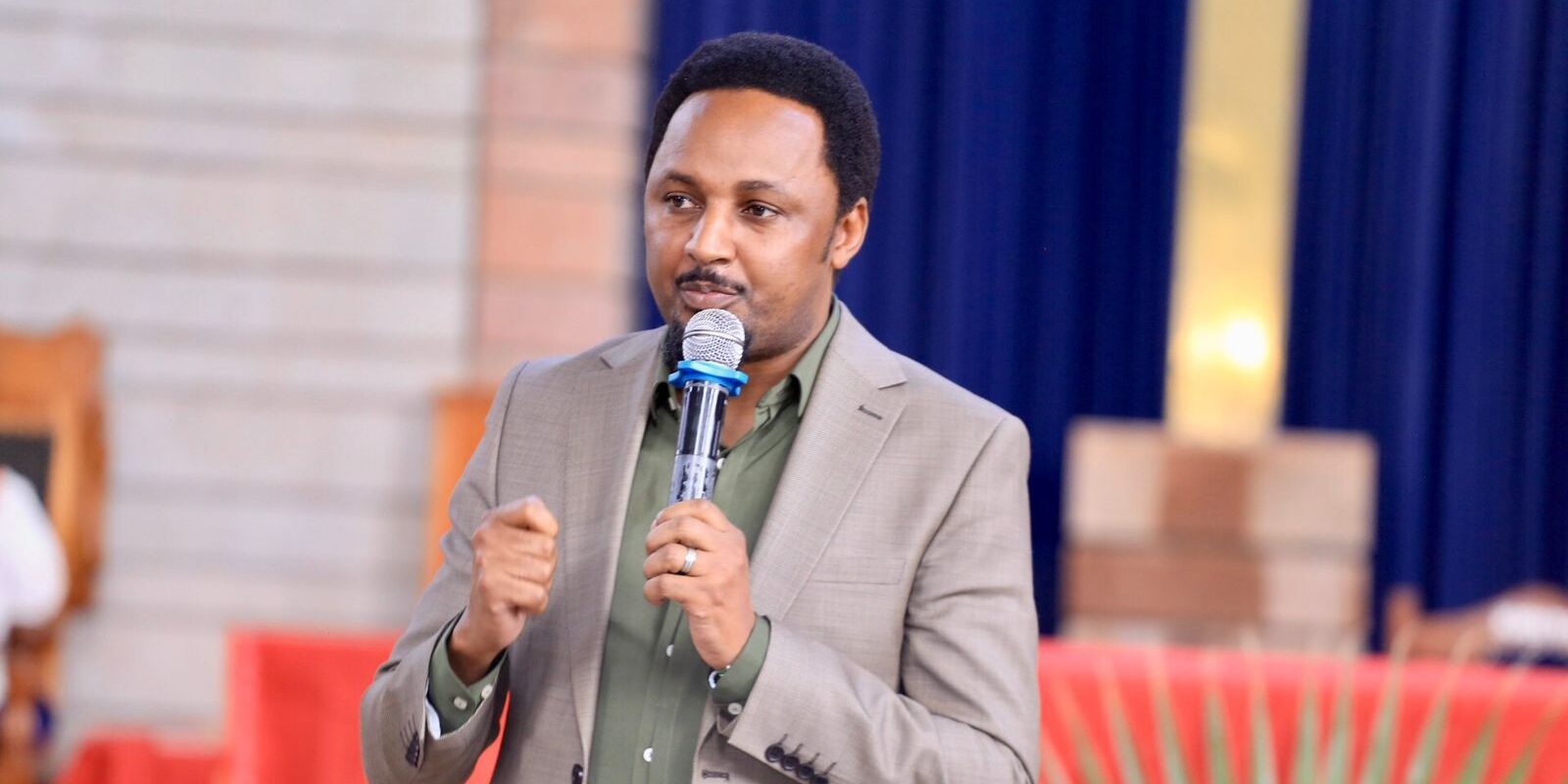Eyes are now on President William Ruto's administration as his government mulls extension of the SGR to Malaba, in a planned connection with Uganda.
This, as the public continues to question the value for money in the first and second phase SGR projects, which included the construction of the Mombasa-Nairobi line, and the later extension to Suswa (Naivasha).
SGR was one of the Jubilee government's mega projects which were aimed at helping accelerate economic growth.
According to the government, the SGR project was constructed at a cost of $3.2 billion (Sh360 billion); (Sh453.3 billion at the current exchange rate), which was largely borrowed from the Exim Bank of China in May 2014.
Making public the SGR contract was among major issues during last year's campaign.
The Kenya Kwanza team had promised to make public full details of the contract but failed after assuming power.
In the latest developments, the government plans to pump at least Sh2.1 trillion into the extension of the railway line from Suswa to Malaba and a separate line to Isiolo, projects expected to be completed in 2027.
This is after Kenya and Uganda jointly signed a communique on the financing and development of two significant railway projects, the Naivasha-Kisumu-Malaba Standard Gauge Railway and the Malaba-Kampala SGR, which will be implemented in their respective countries.
The deal was on Saturday formalised with Transport CS Kipchumba Murkomen and his Ugandan counterpart Edward Katumba-Wamala.
While Kenya has already signed commercial contracts for its portion of the SGR sections, Uganda is on track to soon finalise the contract for the Malaba-Kampala section.
Both governments are actively working on mobilising funds for construction.
Previously, the two nations had planned on joint financing, but faced considerable delays.
They have since committed to independently pursue financing for their respective SGR sections, with Kenya expressing its desire to seek funding for the Naivasha-Kisumu-Malaba SGR section.
The deal will see increased use of rail to haul Uganda-bound cargo using the SGR and the meter gauge rail from Naivasha to Malaba border in the coming months.
“The commercial contracts for Naivasha-Kisumu and Kisumu-Malaba SGR section in Kenya have been signed while the commercial contract for Malaba-Kampala SGR section in Uganda will be signed soon and the two governments are in the process of mobilising the financing for construction,” a joint communique by the ministers reads.
The ministers emphasised the importance of synchronising the construction of the railway sections, to ensure their viability and successful completion.
They acknowledged that developing the SGR will yield substantial benefits, particularly in reducing transportation costs for their citizens.
The project will be carried out as a regional endeavor under the Northern Corridor Integration Projects Initiative.
To further enhance connectivity and attract financing, the governments pledged to concurrently construct the connecting sections of Naivasha-Kisumu-Malaba and Malaba-Kampala SGR.
They also committed to expediting the process of securing financing for the SGR sections.
Murkomen and Wamala have agreed to address any challenges that might hinder financing and impact the projects negatively, especially in terms of reaching neighboring countries like Rwanda, South Sudan, DRC, and Burundi.
Uganda is taking the initiative to extend the SGR to its border with Rwanda, South Sudan, and DRC to improve viability and attract further financing along the Northern Corridor.
The statement clarified that Uganda would apply for financing for the SGR Western Route (Kampala-Kasese-Mpondwe with a branch line from Bihanga-Mirama Hills), immediately after securing financing for the SGR Eastern route from Malaba-Kampala.
Both countries have pledged to coordinate their construction plans for the remaining sections of the SGR and prioritise the timeline for resource mobilisation, to ensure smooth progress and successful completion of the projects.
The planned rail projects by Kenya will add 2,746 kilometers to the SGR, increasing the overall expenditure on the modern railway project to over $19.4 billion (Sh2.7 trillion).
The expansion project is derived from the Jubilee government's significant endeavor on the SGR, which currently stands as Kenya's most costly initiative.
In 2014, the government entered into a tripartite agreement with the governments of Rwanda and Uganda to construct a standard gauge railway from Mombasa through Kampala to Kigali, Rwanda.
However, the SGR ended abruptly in Naivasha with China reportedly declining to finance the last leg of the modern railway.
This was after failing to strike an agreement with Uganda.











